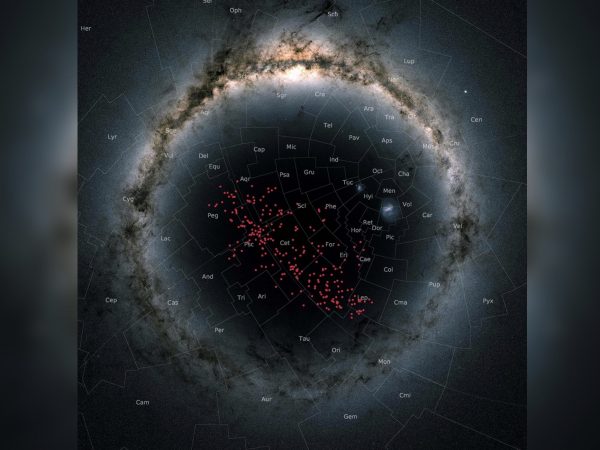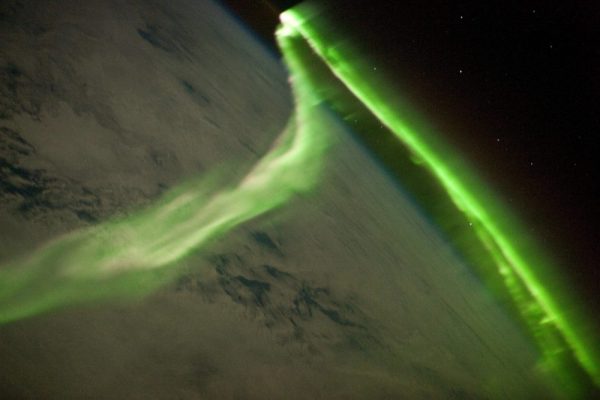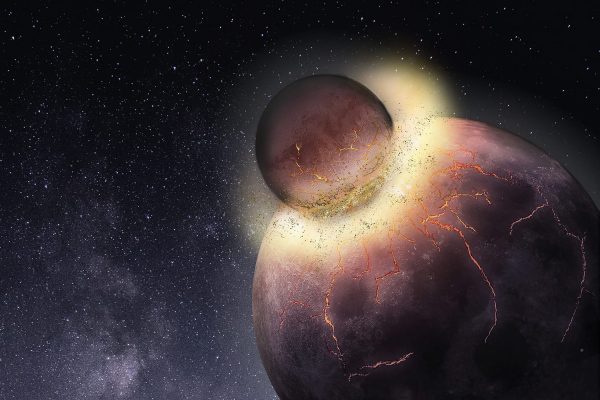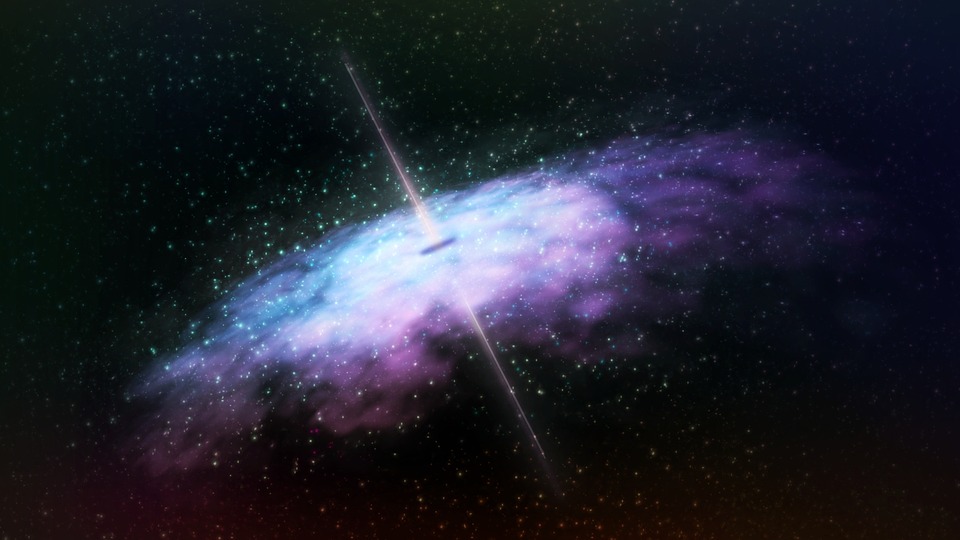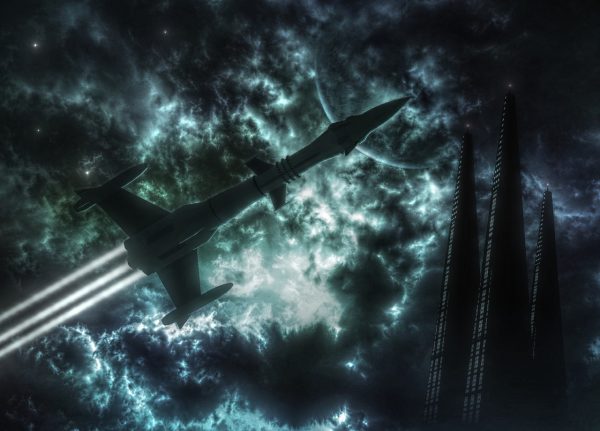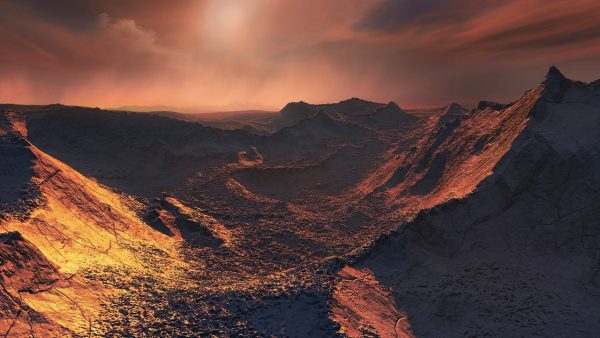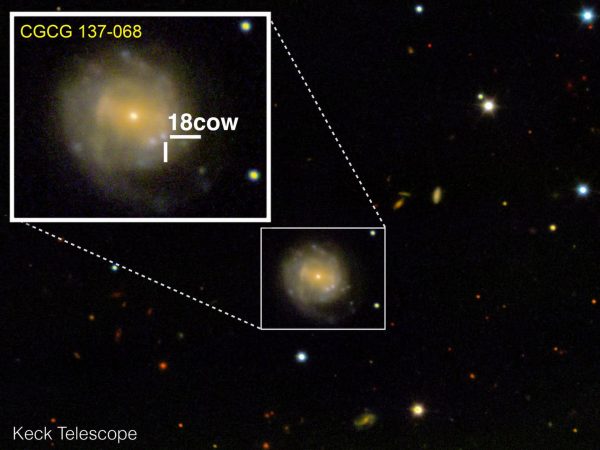SPACE: Earth Kisses the Moon
The wispy outermost layer of Earth’s atmosphere extends much deeper into space than scientists realized — deep enough that the moon orbits through it. Earth’s geocorona is a sparse, little-understood collection of hydrogen atoms loosely bound by gravity to our planet. This atmospheric region is so thin that on Earth we’d call it a vacuum. But it’s important enough, and powerful enough, to mess with ultraviolet telescopes due to its habit of scattering solar radiation. And researchers, looking at old data from the 1990s, now know that it extends up to 400,000 miles (630,000 kilometers) above the planet’s surface. That’s … Read more




